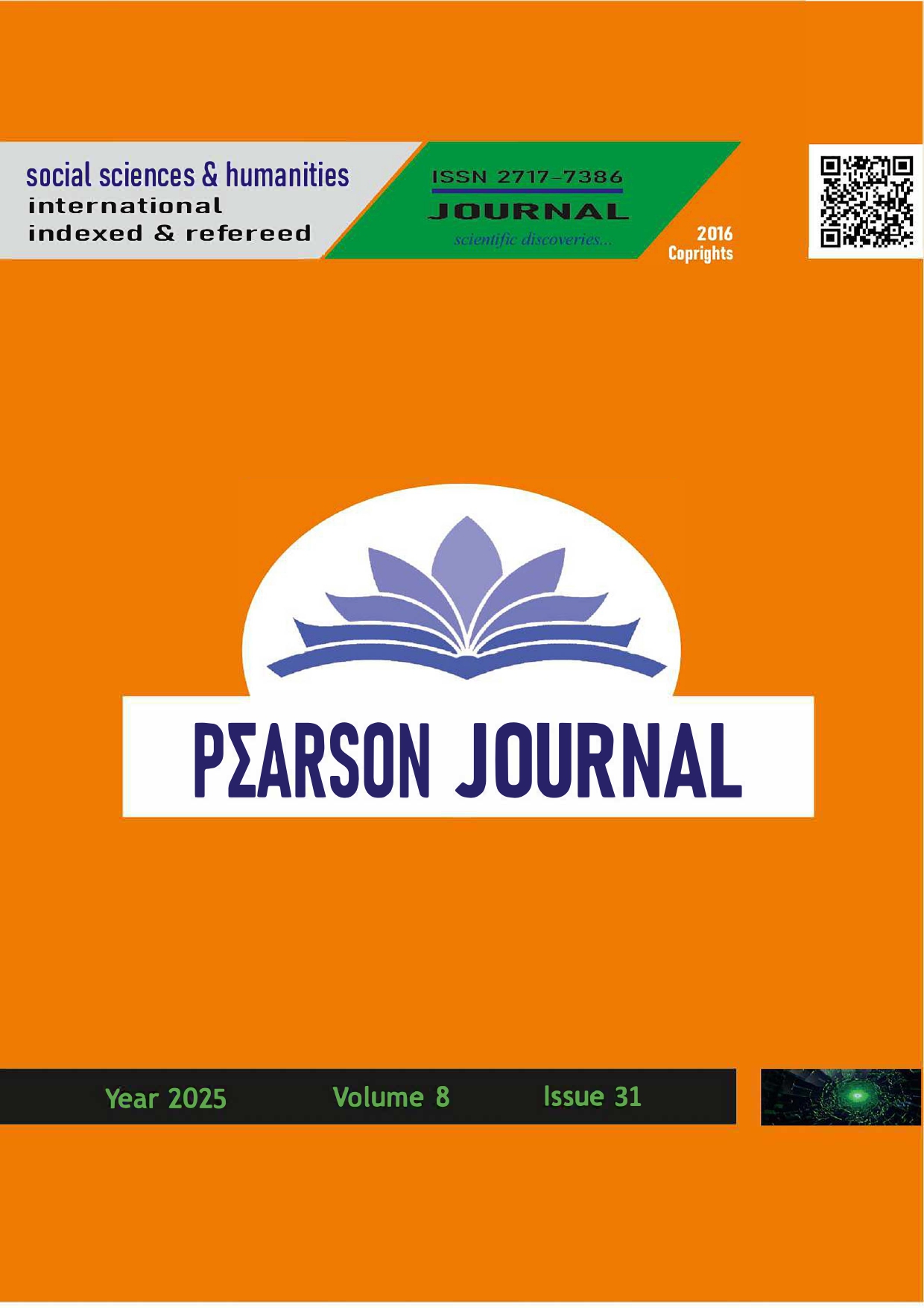Approaching Artificial Intelligence in Designing Visual Aids for Teaching Mathematics at High Schools
DOI:
https://doi.org/10.5281/zenodo.14979079Anahtar Kelimeler:
Visual aids, Artificial Intelligence, Teaching Mathematics, High SchoolÖzet
Today, artificial intelligence has been widely applied in many areas of society, especially in Education. AI tools, increasingly designed to be smarter, have been helpful for many teachers in their instructional tasks. This report presents some research findings on the application of AI tools in designing visual aids for teaching Mathematics at the high school level. Some ideas from the report may suggest trends in applying AI tools to the teaching process in education.
Referanslar
Aldosari, S. A. M. (2020). The future of higher education in the light of artificial intelligence transformations. International Journal of Higher Education, 9(3), 145-151.
An, R., Shen, J., Wang, J., & Yang, Y. (2024). A scoping review of methodologies for applying artificial intelligence to physical activity interventions. Journal of Sport and Health Science, 13(3), 428-441.
Baum, Z. J., Yu, X., Ayala, P. Y., Zhao, Y., Watkins, S. P., & Zhou, Q. (2021). Artificial intelligence in chemistry: current trends and future directions. Journal of Chemical Information and Modeling, 61(7), 3197-3212.
Choi, I. (2022). Exploring teaching and learning methods using artificial intelligence (AI) in the mathematics classroom: Focusing on the development of middle school statistic scenarios. Journal of the Korean School Mathematics Society, 25(2), 149-174.
Christudas, B. C. L., Kirubakaran, E., & Thangaiah, P. R. J. (2018). An evolutionary approach for personalization of content delivery in e-learning systems based on learner behavior forcing compatibility of learning materials. Telematics and Informatics, 35(3), 520-533.
Copeland, B. (2023). Artificial Intelligence. Encyclopedia Britannica.
Engelbrecht, J., & Borba, M. C. (2024). Recent developments in using digital technology in mathematics education. ZDM–Mathematics Education, 56(2), 281-292.
Gocen, A., & Aydemir, F. (2020). Artificial intelligence in education and schools. Research on Education and Media, 12(1), 13-21.
Hamdani. (2011). Strategi belajar mengajar. Bandung: Pustaka Setia.
He, Y. H. (2024). AI-driven research in pure mathematics and theoretical physics. Nature Reviews Physics, 6(9), 546-553.
Huang, J., Saleh, S., & Liu, Y. (2021). A review on artificial intelligence in education. Academic Journal of Interdisciplinary Studies, 10(3).
Hwang, G. J., Xie, H., Wah, B. W., & Gašević, D. (2020). Vision, challenges, roles and research issues of Artificial Intelligence in Education. Computers and Education: Artificial Intelligence, 1, 100001.
Jiang, Y., Li, X., Luo, H., Yin, S., & Kaynak, O. (2022). Quo vadis artificial intelligence?. Discover Artificial Intelligence, 2(1), 4.
Kuvondikovna, K. S., & Hakima, B. (2024). Designing Visual Aid. Journal of Higher Education and Academic Advancement, 1(2), 165-167.
Macwan, H. J. (2015). Using visual aids as authentic material in ESL classrooms. Research Journal of English language and literature (RJELAL), 3(1), 91-96.
Madhuri, J. N. (2013). Use of Audio Visual Aids in Teaching and Speaking. Research Journal of English Language and Literature, 1(3), 108-122.
Melchor, P. J. M., Lomibao, L. S., & Parcutilo, J. O. (2023). Exploring the Potential of AI Integration in Mathematics Education for Generation Alpha—Approaches, Challenges, and Readiness of Philippine Tertiary Classrooms: A Literature Review. Journal of Innovations in Teaching and Learning, 3(1), 39-44.
Mnguni, L., Nuangchalerm, P., El Islami, R. A. Z., Sibanda, D., Ramulumo, M., & Sari, I. J. (2024). AI Integration in Biology Education: Comparative Insights into Perceived Benefits and TPACK among South African and Indonesian Pre-service Teachers. Asia-Pacific Science Education, 10(2), 381-410.
Opesemowo, O. A. G., & Adewuyi, H. O. (2024). A systematic review of artificial intelligence in mathematics education: The emergence of 4IR. Eurasia Journal of Mathematics, Science and Technology Education, 20(7), em2478.
Pateşan, M., Balagiu, A., & Alibec, C. (2018). Visual aids in language education. In International conference Knowledge-based Organization, 24(2), 356-361.
Popenici, S. A., & Kerr, S. (2017). Exploring the impact of artificial intelligence on teaching and learning in higher education. Research and Practice in Technology Enhanced Learning, 12(1), 1-13.
Richard, P. R., Vélez, M. P., & Van Vaerenbergh, S. (Eds.). (2022). Mathematics Education in the Age of Artificial Intelligence: How Artificial Intelligence can Serve Mathematical Human Learning (Vol. 17). Springer Nature.
Sarkar, D. (2022). Audio Visual Aids in Education. International Journal of Research and Analytical Reviews, 9(1), 375-378.
Wardat, Y., Tashtoush, M. A., AlAli, R., & Jarrah, A. M. (2023). ChatGPT: A revolutionary tool for teaching and learning mathematics. Eurasia Journal of Mathematics, Science and Technology Education, 19(7), em2286.
İndir
Yayınlanmış
Nasıl Atıf Yapılır
Sayı
Bölüm
Lisans
Telif Hakkı (c) 2025 PEARSON JOURNAL

Bu çalışma Creative Commons Attribution 4.0 International License ile lisanslanmıştır.


